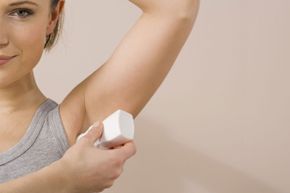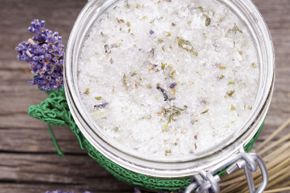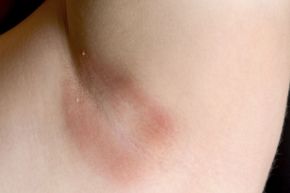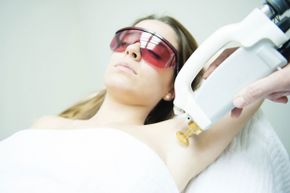We can be our own worst enemies, including (maybe especially) when it comes to how we look -- and it's not only our weight or our nose that can bring us down. As many as 93 percent of American women consider their underarms unattractive, and that anxiety leads many to cover up [source: Unilever].
What's the problem? Not odor or wetness. Pimples, discoloration, dark splotches, soreness, itchiness -- these are the complaints keeping women from slipping into their sleeveless. But we have five ways to feel more confident about throwing your hands in the air in happiness rather than in despair. First, something simple: Did you know your deodorant may be sabotaging you?
Advertisement





